Some creatures have been quietly surviving through time in ways that feel almost timeless.
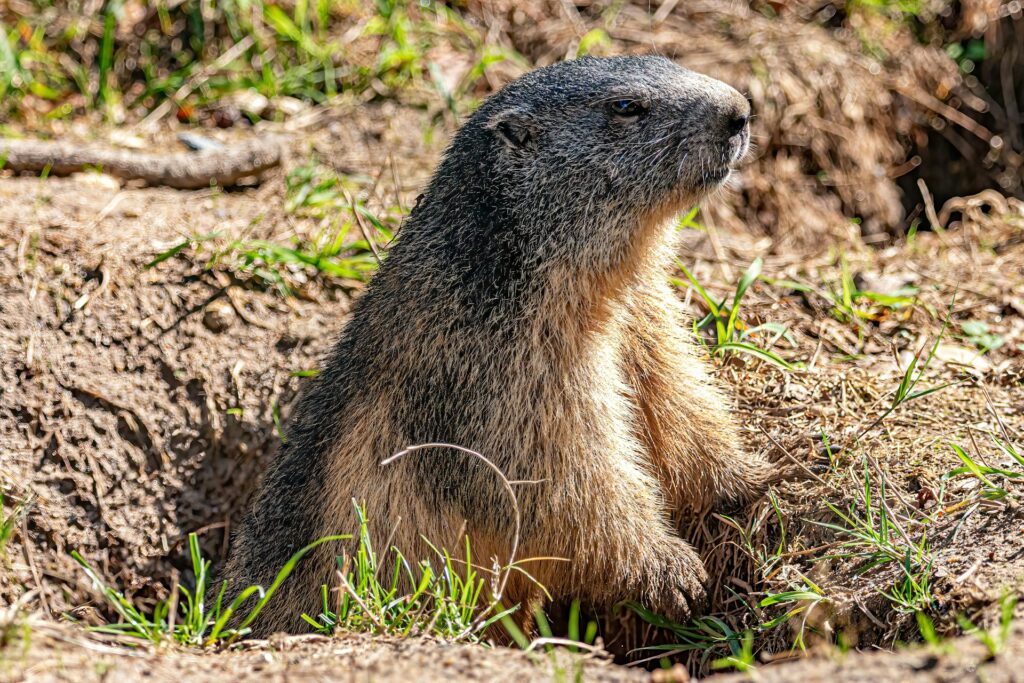
While humans built cities and empires, these animals stuck to their ancient rhythms—hibernating, lurking, or lying dormant in ways that date back far before civilisation ever got started. Here are 10 fascinating creatures that have been hibernating or in long periods of dormancy since before humans carved the first stone tools.
1. Arctic Ground Squirrel
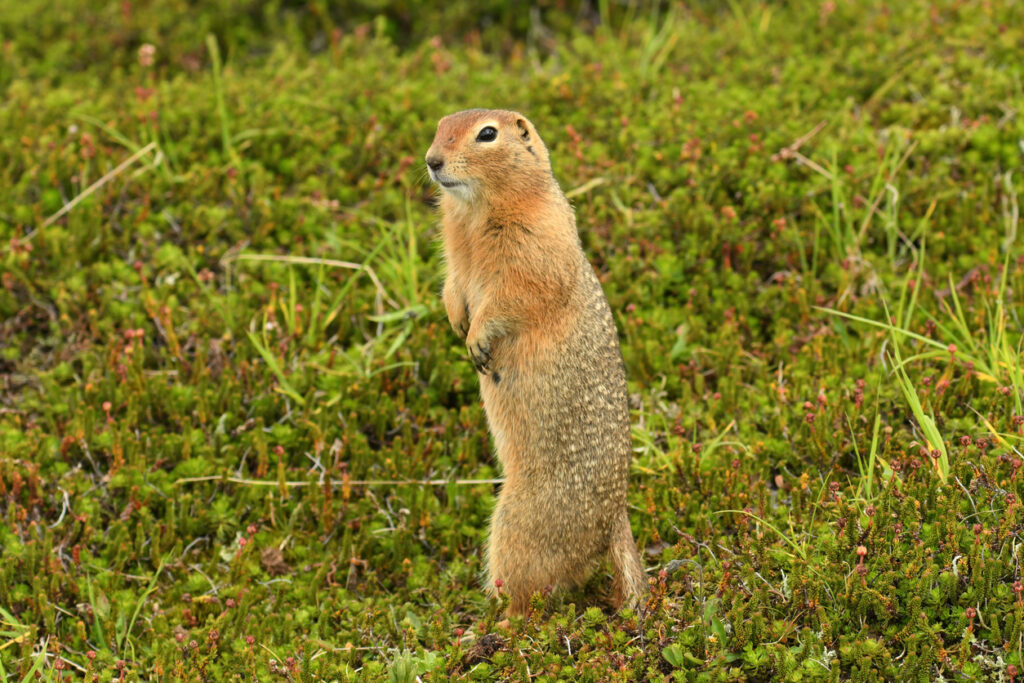
The Arctic ground squirrel holds the record for the longest hibernation of any mammal. It can sleep underground for up to eight months at a stretch, dropping its body temperature below freezing without harm. This incredible adaptation helps it survive the brutal Arctic winters that have been harsh for thousands of years.
These squirrels have been following this seasonal routine since long before humans settled the far north. Their cycles are so precise that they awaken just in time for the brief Arctic summer, a pattern likely unchanged for tens of thousands of years.
2. Wood Frog

Native to North America’s forests, the wood frog is famous for its extreme hibernation technique—it literally freezes solid during winter. Its heart stops, and its organs are preserved with natural antifreeze chemicals. When temperatures rise, it thaws and hops away like nothing happened.
This remarkable survival method predates human civilisation and is a testament to evolution’s creativity. Wood frogs have been using this freeze-thaw cycle for millennia, navigating the same seasonal rhythms that early humans would only come to understand thousands of years later.
3. Lungfish
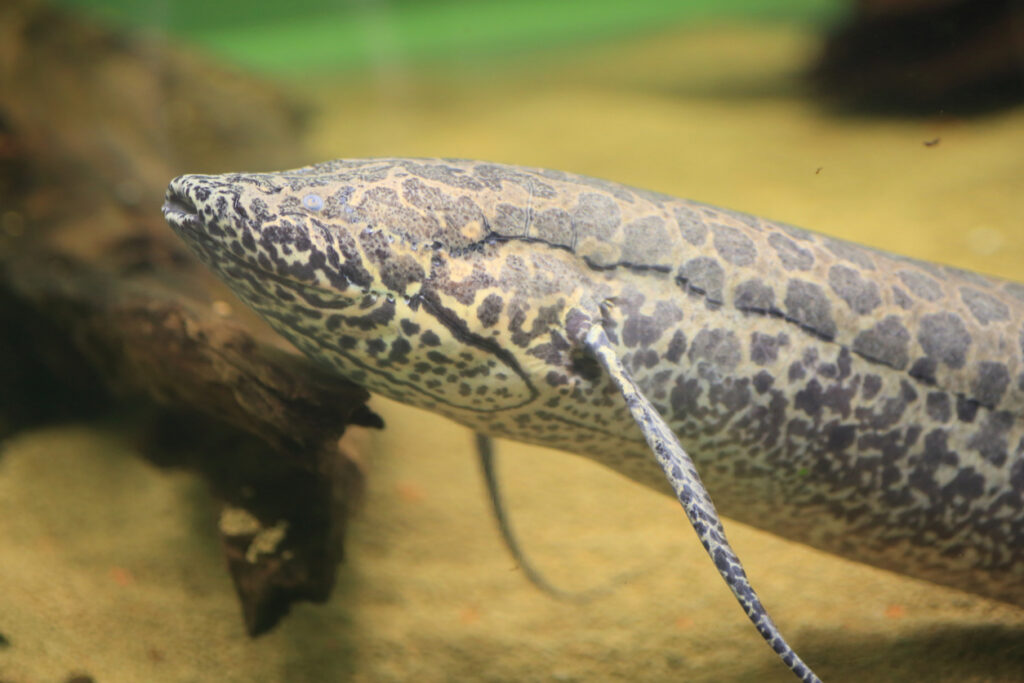
Lungfish are ancient fish that can survive droughts by burrowing into mud and entering a state called aestivation—a kind of summer hibernation. They secrete a mucus cocoon to keep moisture in and slow their metabolism dramatically until water returns.
Fossil records show lungfish have been doing this for around 400 million years, surviving multiple mass extinctions. Their ancient dormancy is a living link to prehistoric times, outlasting not just humans but most other species on Earth.
4. Brine Shrimp (Sea Monkeys)
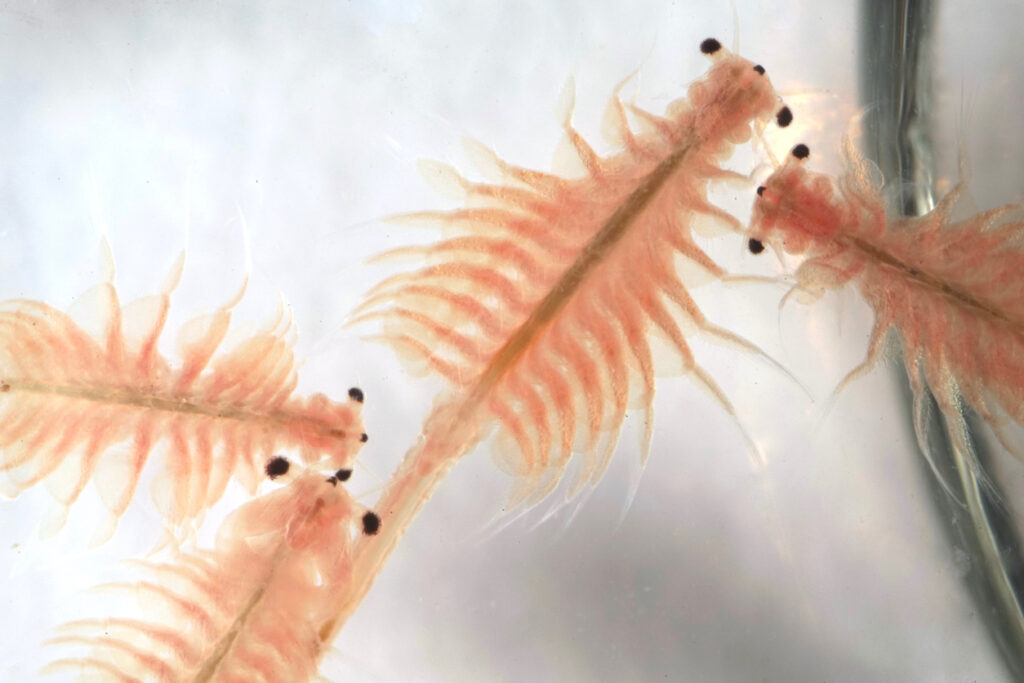
Brine shrimp produce dormant eggs called cysts that can survive completely dried out for decades or even centuries. When water returns, the eggs hatch and life begins again. These “sea monkeys” have been performing this miracle since before humans evolved.
Their ability to pause life cycles makes them almost immortal in evolutionary terms. The cysts can be found in salt flats around the world, enduring conditions that would kill most other creatures, a strategy that’s worked for millions of years.
5. Tardigrades (Water Bears)

Tardigrades are microscopic animals famous for their resilience. They enter a state called cryptobiosis, in which they lose almost all water and metabolic activity, essentially putting themselves on pause. They can survive extreme heat, cold, radiation, and even the vacuum of space.
These tiny creatures have been around for about 500 million years, surviving mass extinctions and climate shifts by “hibernating” in this state for decades or more. They’re as close to immortal as any animal can be, and their dormancy dates back long before human civilisation.
6. Cicadas (Periodical Cicadas)
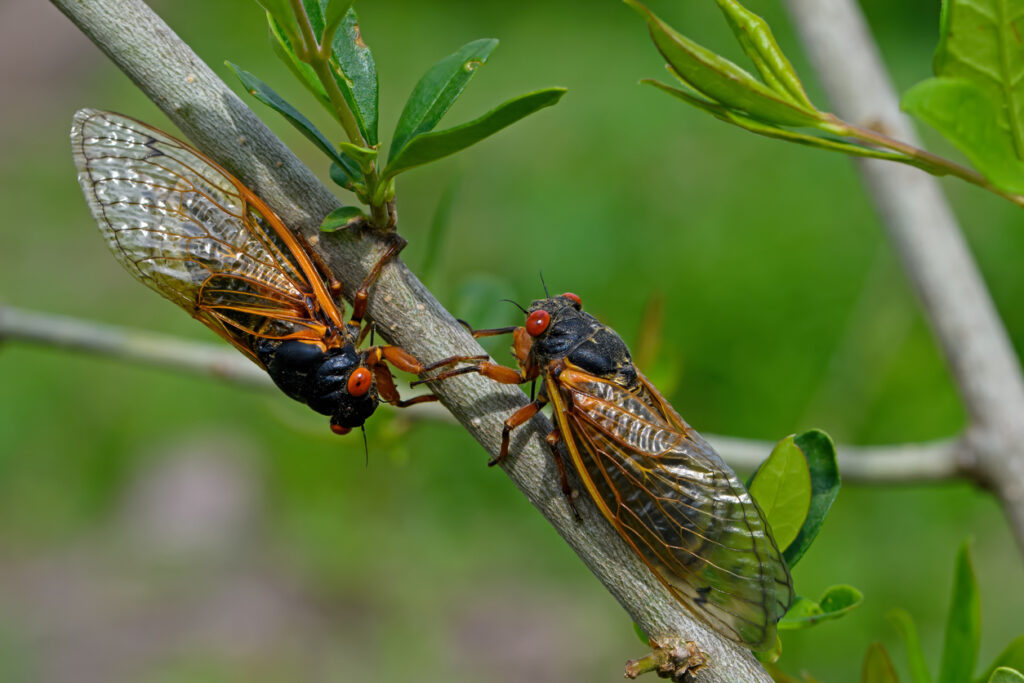
Periodical cicadas spend most of their lives underground as nymphs, slowly developing for 13 or 17 years before emerging all at once to mate and die. This extended hibernation protects them from predators and environmental hazards.
This staggering life cycle has persisted for thousands of years, long before humans built cities or farmed fields. The precise timing means entire broods appear like clockwork, a natural rhythm older than recorded history.
7. Alpine Marmot

Found in Europe’s mountainous regions, alpine marmots hibernate for up to seven months in burrows, surviving long, harsh winters with almost no food. Their body temperature drops significantly, and their heartbeat slows to a few beats per minute. These creatures have been living this cycle since before the rise of human empires. Their rhythms are tied deeply to the seasonal patterns of the Alps, unchanged as humans transformed the surrounding lands.
8. American Black Bear
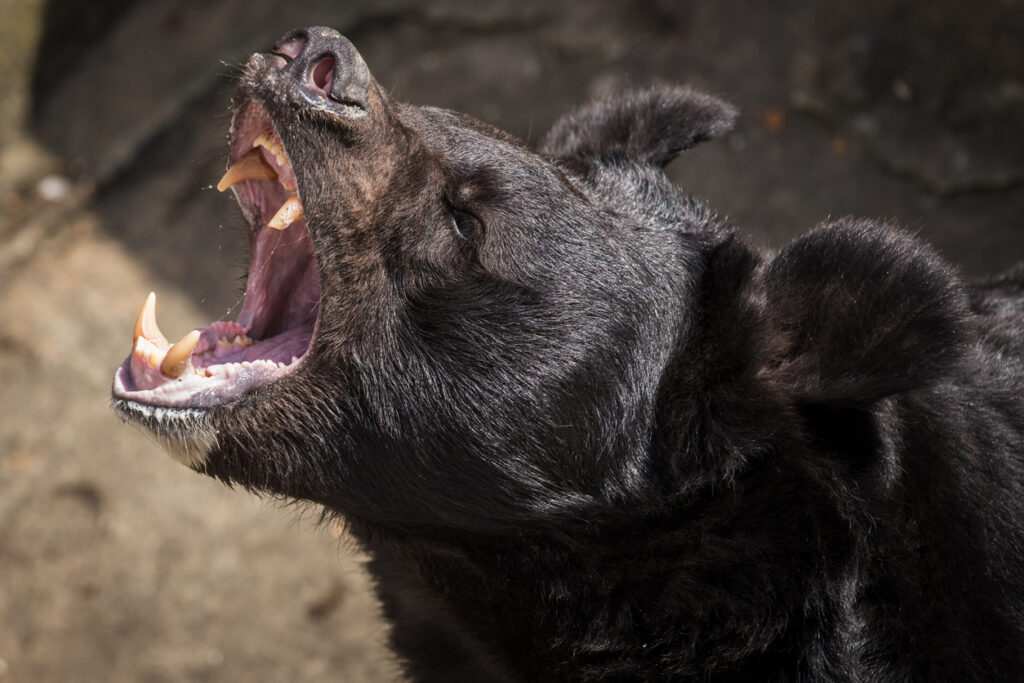
Black bears enter a deep winter sleep, lowering their metabolism and surviving months without eating, drinking, or excreting waste. This form of hibernation allows them to conserve energy during food-scarce months. Bears have been doing this for millions of years, long before humans appeared. Their cycles have adapted alongside changing climates and ecosystems, making them living relics of the pre-civilisation wilderness.
9. Painted Turtle
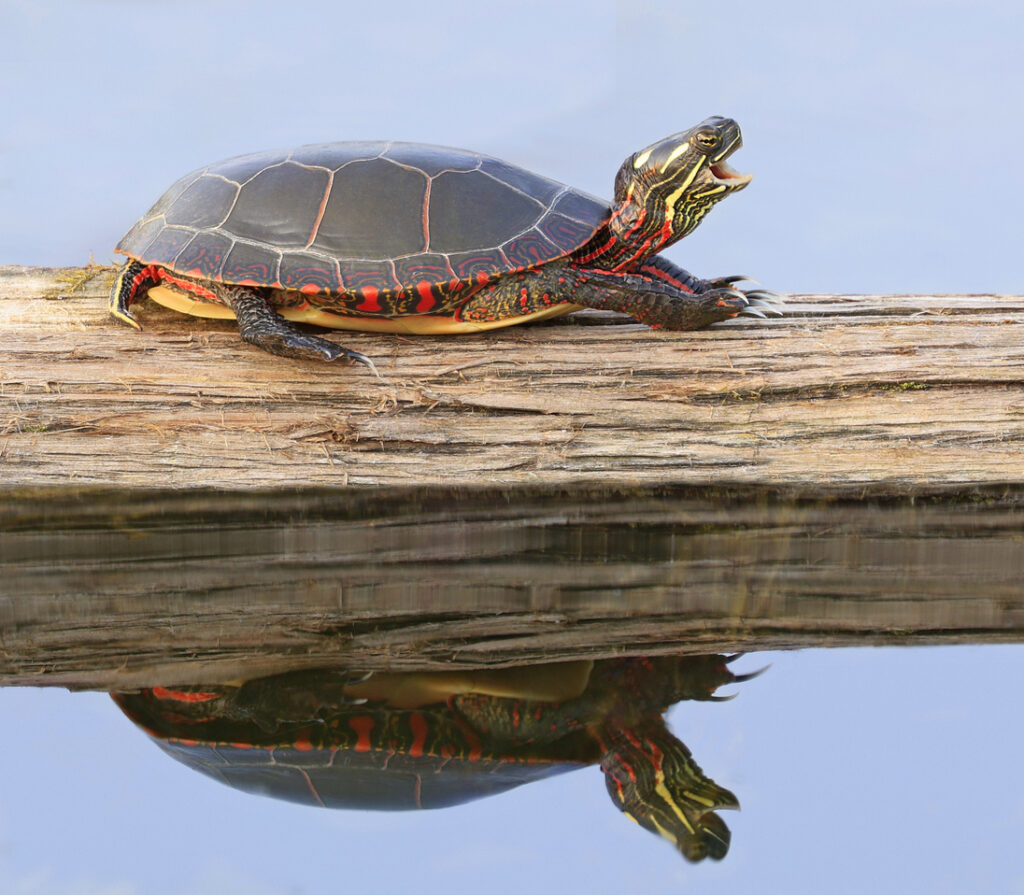
Painted turtles survive harsh winters by burrowing into the mud at the bottom of ponds, slowing their metabolism and extracting oxygen through their skin. This aquatic hibernation lets them endure months underwater in low-oxygen conditions. These turtles have been using this survival tactic for millions of years. Their ability to “pause” life underwater long predates human settlement, offering a glimpse into ancient adaptations to Earth’s seasonal challenges.
10. Siberian Hamster
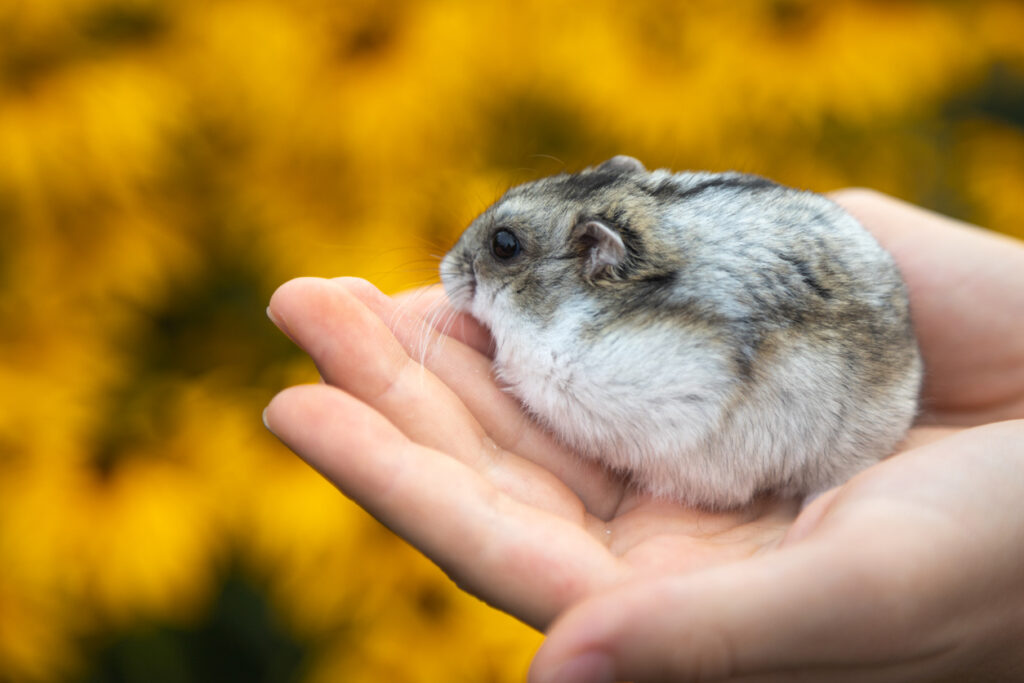
Siberian hamsters hibernate during the long, cold winters of northern Asia. They enter torpor—periods of reduced body temperature and metabolism—often cycling in and out multiple times during winter rather than one long sleep.
This behaviour is a survival strategy that has kept them going for thousands of years, long before the rise of human civilisation in the region. Their flexible hibernation shows how animals adapt to fluctuating environmental challenges over time.